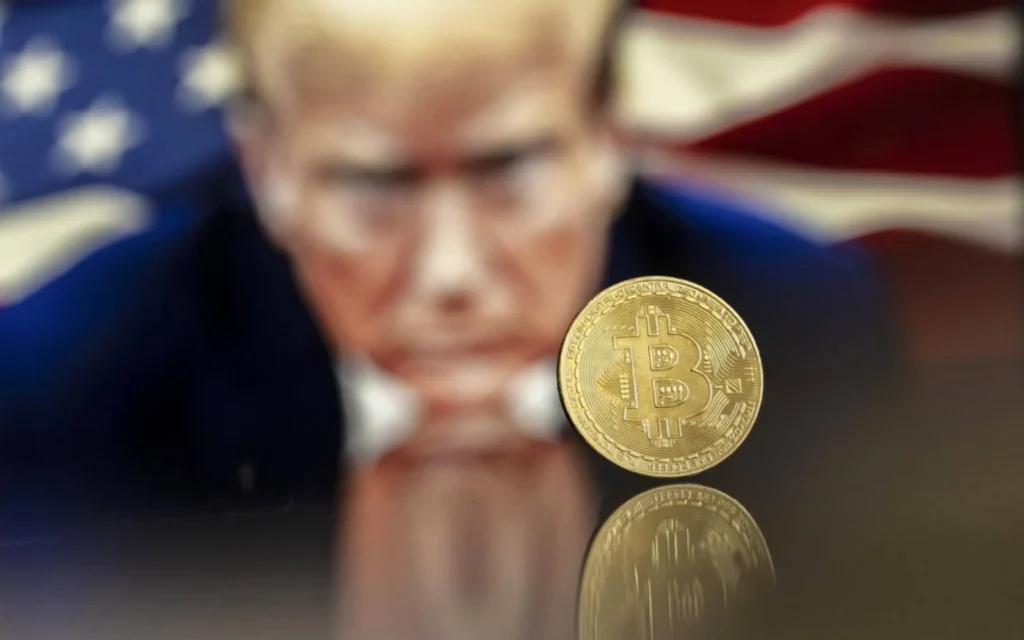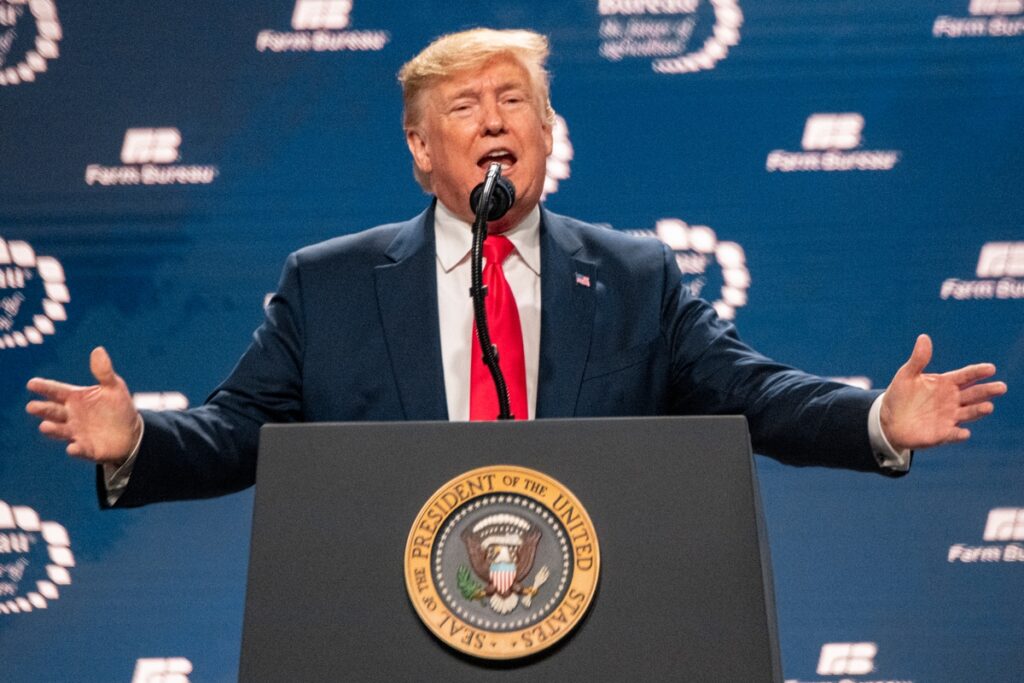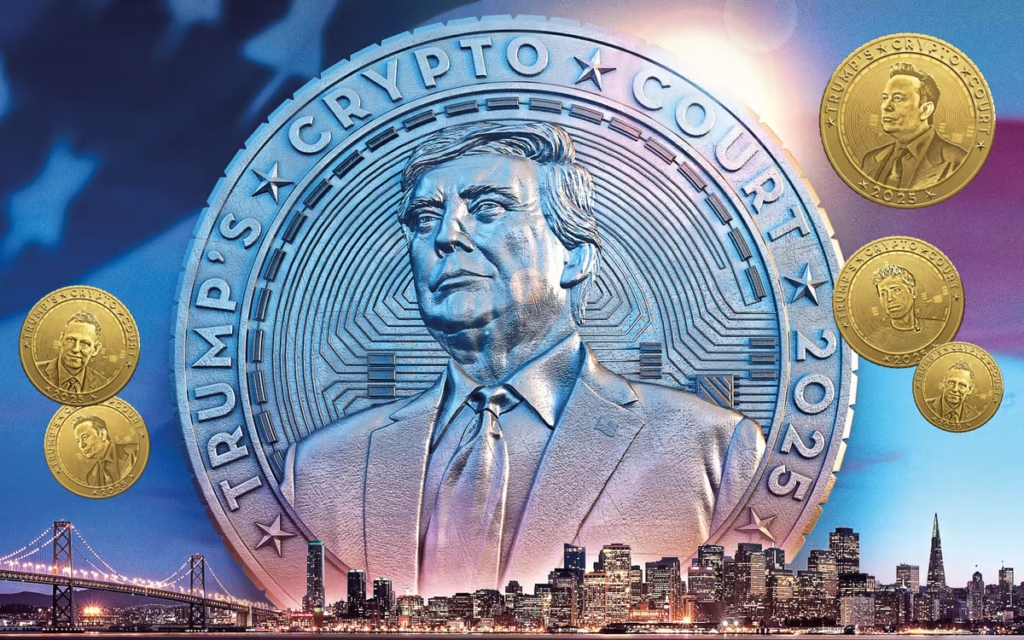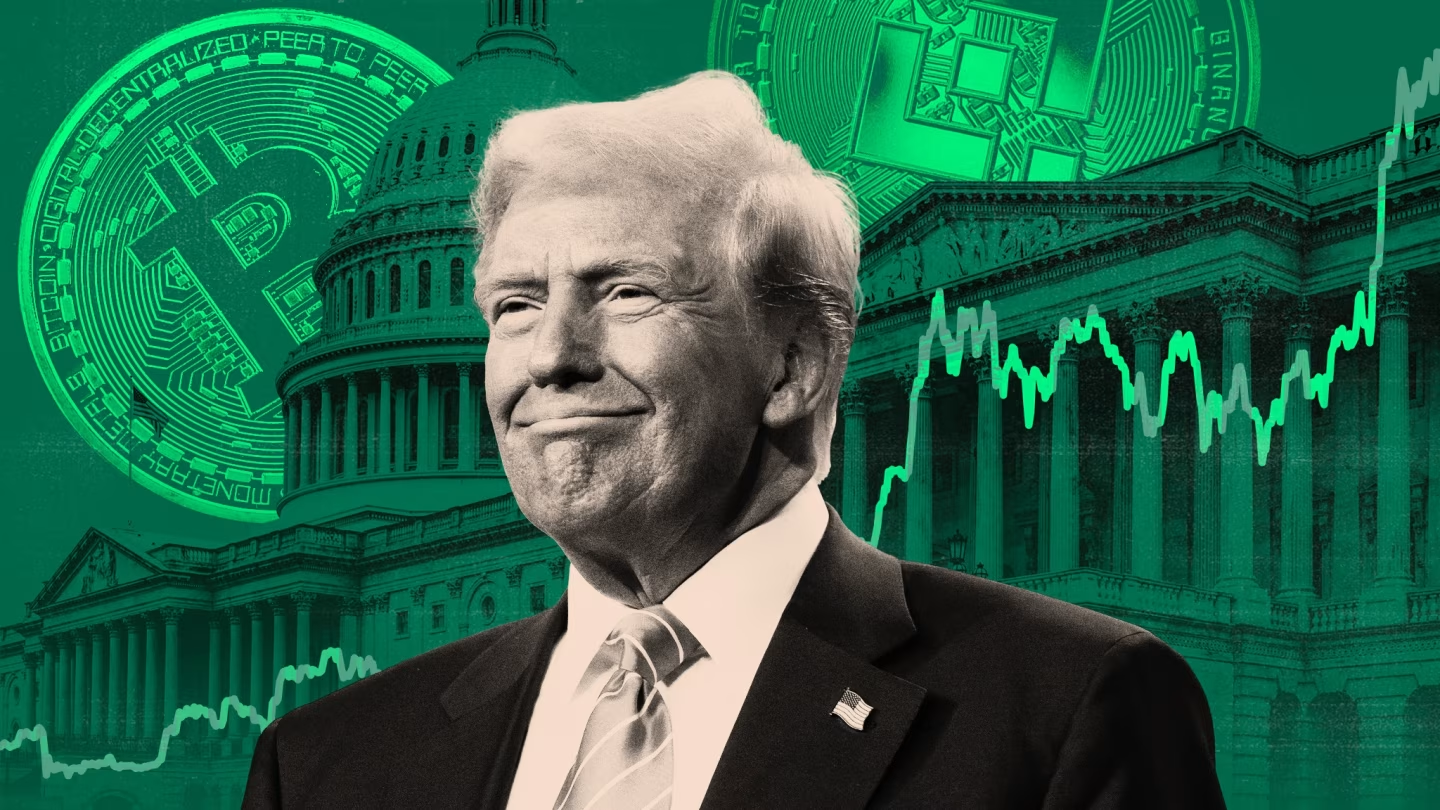Donald Trump’s Strategic Bitcoin Reserve is a concept that blends politics and digital finance, creating a buzz in both the cryptocurrency space and global economic circles. The idea of a “Strategic Bitcoin Reserve” refers to the notion of holding substantial amounts of Bitcoin and potentially other cryptocurrencies to serve as a form of economic protection, much like how nations hold gold or foreign currency reserves. While traditionally known for his opposition to digital currencies, particularly Bitcoin, Trump’s evolving stance on cryptocurrencies has led to speculation about his potential interest in integrating digital assets into his future political or economic strategies.
The Vision Behind the Strategic Bitcoin Reserve
The primary goal behind the Strategic Bitcoin Reserve would be to use Bitcoin as a safeguard against economic instability, especially given its decentralized nature and limited supply, which sets it apart from traditional fiat currencies. Bitcoin, with its deflationary model (capped at 21 million coins), presents a potential hedge against inflationary pressures and national debt. In a world of growing economic uncertainty, the reserve could serve as an alternative store of value, enhancing national financial security. Trump’s potential move toward creating a Bitcoin reserve signals a shift away from traditional economic policies that primarily rely on the U.S. dollar.
While Bitcoin is expected to play a central role in this reserve, the Strategic Bitcoin Reserve could also incorporate a range of other cryptocurrencies based on their use cases and technological advancements. Each cryptocurrency included would likely be selected for its specific strengths, contributing to the overall strategy of securing and expanding the digital economy.
Cryptocurrencies Likely to be Included in the Reserve
Bitcoin (BTC):
Naturally, Bitcoin would be the cornerstone of any Strategic Bitcoin Reserve. As the first and most valuable cryptocurrency by market capitalization, Bitcoin is seen by many as a store of value and a potential hedge against inflation. Its decentralized nature, limited supply, and growing institutional adoption make it a prime candidate for inclusion in the reserve. Bitcoin’s established reputation as “digital gold” positions it as a reliable asset, particularly in times of global economic instability.
Ethereum (ETH):
Ethereum, the second-largest cryptocurrency by market cap, is another key contender for inclusion in the Strategic Bitcoin Reserve. Ethereum’s blockchain enables a wide variety of decentralized applications (dApps), including decentralized finance (DeFi) platforms, smart contracts, and non-fungible tokens (NFTs). These innovations make Ethereum more than just a cryptocurrency; it serves as the backbone for a growing ecosystem that extends far beyond simple transactions. Its widespread adoption and potential for real-world applications make it an attractive asset for any reserve that aims to represent the future of digital finance.
Solana (SOL):
Solana is another cryptocurrency that could play a role in the reserve. Known for its lightning-fast transaction speeds and lower transaction costs compared to Ethereum, Solana has emerged as a strong competitor in the decentralized finance (DeFi) and blockchain space. Solana’s ability to scale efficiently and handle a large number of transactions without congestion has led to growing interest from developers and institutional investors alike. Its inclusion in a Strategic Bitcoin Reserve would emphasize scalability and speed, key components of any modern financial system.
Cardano (ADA):
Cardano is a cryptocurrency that focuses on sustainability and peer-reviewed academic research. Its proof-of-stake consensus algorithm, which is more energy-efficient than Bitcoin’s proof-of-work model, positions Cardano as a more environmentally friendly alternative. Cardano is also aiming to solve issues related to scalability, security, and interoperability in the blockchain space, making it a suitable candidate for the reserve. Its potential to revolutionize sectors like supply chain management and healthcare through blockchain integration adds to its appeal.
Binance Coin (BNB):
Binance Coin, the native cryptocurrency of the Binance exchange, has grown in prominence due to its utility within the Binance ecosystem. Binance Coin is used to pay for transaction fees on the exchange, and it has found wider usage in decentralized finance and other blockchain-based applications. As Binance is one of the largest cryptocurrency exchanges globally, its coin could serve as a strong contender for inclusion in a reserve focused on supporting digital finance infrastructure.



Challenges of Creating a Strategic Bitcoin Reserve
Despite the promising advantages of a Strategic Bitcoin Reserve, there are several hurdles that Trump’s team would need to overcome. One of the most significant challenges is the inherent volatility of Bitcoin and other cryptocurrencies. While Bitcoin has proven to be a valuable store of wealth over the long term, its price can fluctuate wildly in short periods. This volatility could undermine the stability that a reserve system is meant to ensure.
Additionally, there are regulatory and legal considerations that would need to be addressed. The U.S. government, like many other countries, is still working to create a clear regulatory framework for cryptocurrencies. Integrating digital assets into national reserves would require collaboration with lawmakers, regulators, and central banks to ensure that the reserve operates within the bounds of the law and doesn’t facilitate illicit activities like money laundering.
Public perception is another hurdle. Many people remain skeptical about cryptocurrencies, particularly Bitcoin, due to its association with speculative investing and its use in illegal transactions. Changing this perception would require substantial public education and advocacy to ensure that people understand the potential benefits of digital assets as part of a national economic strategy.
Conclusion
Donald Trump’s Strategic Bitcoin Reserve represents a bold and forward-thinking approach to diversifying national reserves and embracing the future of digital currencies. While Bitcoin would likely be the centerpiece of this initiative, other cryptocurrencies such as Ethereum, Solana, Cardano, and Binance Coin could be added to reflect the evolving landscape of digital finance. However, the implementation of such a reserve would come with significant challenges, including volatility, regulatory hurdles, and public perception. If successfully executed, it could mark a turning point in how nations approach cryptocurrencies as an integral part of the global financial system, signaling a new era of economic strategy powered by blockchain technology.
FOLLOW:https://newsroom47.com/top-5-post-office-tax-saving-schemes/
Newsroom 47
